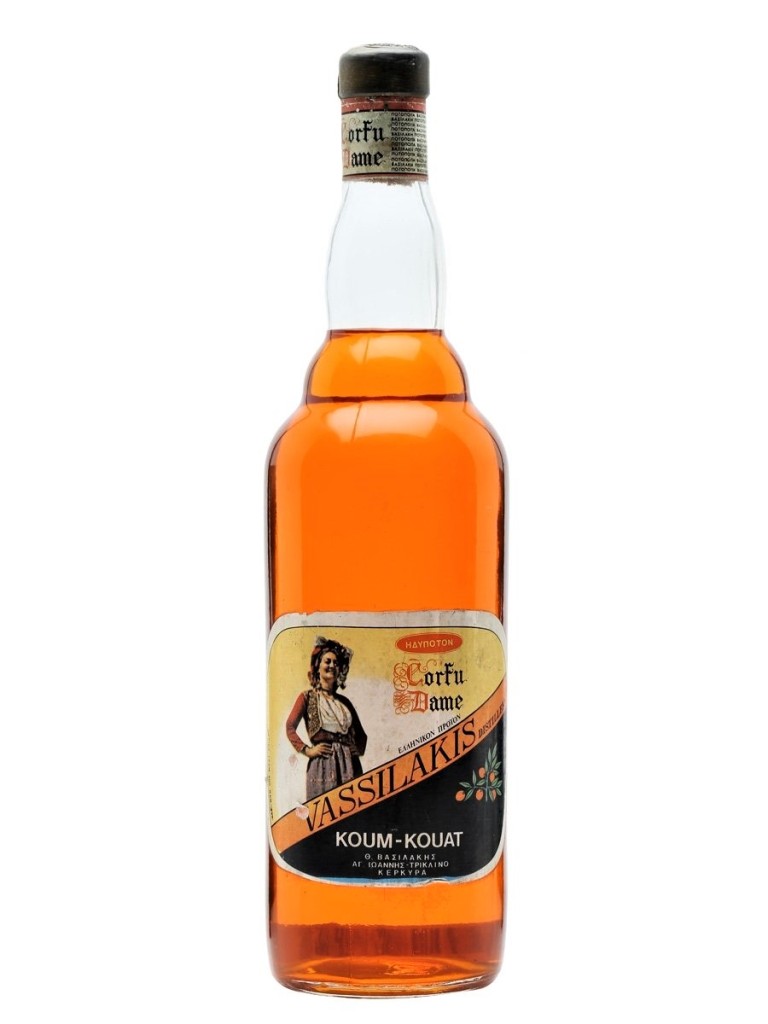
Grove Koger
If you’ve ever visited the Greek island of Corfu (Kerkyra), you’ve probably tasted kumquat liqueur at least once, and you may have carried home a bottle or two as well.
Kumquats themselves are a small, orange-colored citrus fruit native to China, where they’ve been cultivated for a millennium or so. But they differ from most citrus in that their peel is sweet and their flesh tart, meaning that you can eat them whole, although it’s wise to chew the peel vigorously in order to balance the sourness of the flesh.

Specimens of kumquat trees were brought to Europe in 1846 by a Scottish plant collector working for the London Horticultural Society, Robert Fortune (1812-1880). Subsequently, English botanist and Olympic sports shooter Sidney Merlin (1856-1952), whose family was based in Greece, imported trees to Corfu in 1924 and grafted them onto a wild variety of citrus, Citrus trifoliata, on his family’s estate near the village of Dassia on the eastern coast of the island.

Today, Corfiotes grow more than one hundred tons of the fruit a year, processing them as marmalade and the like and steeping them in spirits to produce a liqueur known as kumquat (or koum-kouat), which they then market as the signature drink of the island. In some cases, only the skin is used, resulting in a liqueur that’s bright orange and intensely sweet. If the color is paler, then the entire fruit (or only its juice) has been used, and the result is a beverage with a subtler flavor.
Greek food expert Diana Farr Louis has pronounced kumquat liqueur “garish,” but that’s a bit harsh, particularly in the context of a culture that delights in bright colors and whose cuisine features some of the sweetest sweets I’ve ever tasted.
□□□
The image of Corfu Dame kumquat liqueur at the top of today post is reproduced courtesy of Th. Vassilakis & Sons. The portrait of Sidney Merlin (by an unknown photographer) is reproduced courtesy of Olympedia, while the photograph of kumquats is by Abaddon 1337 and is reproduced courtesy of Wikimedia Commons.
□□□
If you’ve enjoyed today’s post, please share!
